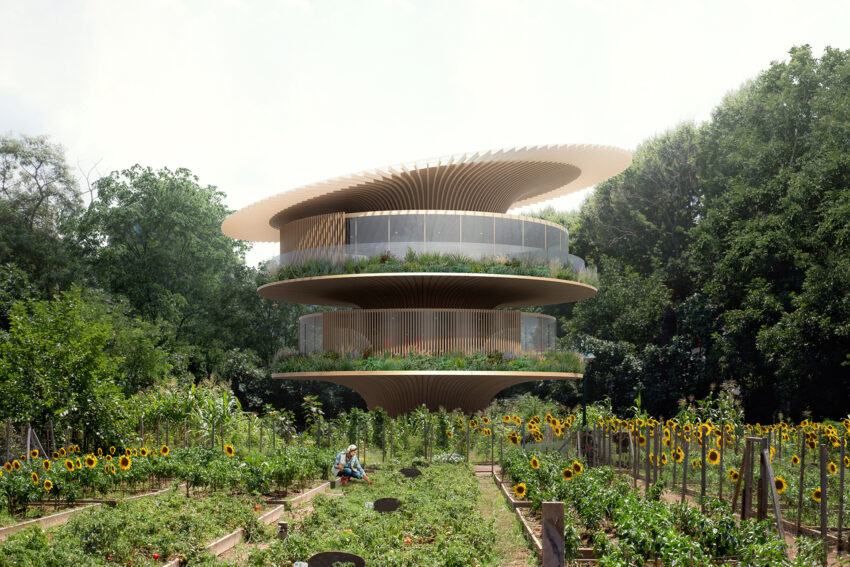Imagine walking into a space that instantly makes you feel calm and connected to the world around you. That’s the magic of biophilic design. This approach, embraced by top architects, transforms environments by incorporating natural elements like sunlight, greenery, and other nature-inspired features. You’re not only surrounded by beautiful spaces, but you also experience tangible health benefits. From improved air quality to enhanced mental health, biophilic design is more than just a trend—it’s a step toward a healthier, more sustainable future.
Think about the last time natural light streamed across your desk or when indoor plants added life to your room. These aren’t just nice-to-have features; they significantly impact your well-being. Sustainable architecture is evolving, using green building materials, energy-efficient windows, and eco-friendly doors to create spaces that support health and productivity. Biophilic architecture doesn’t just change how spaces look; it changes how they feel and function, fostering a deeper connection to the environment.
Curious about how these principles can transform your living or working space? Dive into the world of top architects and discover their secrets for creating harmonious, nature-inspired environments. Explore how embracing nature can change your life for the better.

Photo provided by Maksim Goncharenok on Pexels
Throughout the article
Embracing Biophilic Design
Understanding the Core Concept
Biophilic design fosters a connection to nature. You might wonder what that means. It’s about creating spaces where you feel closer to the natural world, even when indoors. This design approach taps into our psychological heritage survival. It’s based on the idea that humans have an inherent need to connect with nature.
Benefits for Buildings
Using biophilic design enhances wellness and creates sustainable architecture. When you incorporate nature into buildings, it can improve how you feel. You might notice better air quality, increased mental health benefits, and even a boost in productivity. Designers aim to create spaces that improve both physical and mental well-being.

Photo provided by Rafael Rodrigues on Pexels
Lessons from Top Architects
Natural Light Incorporation
Top architects emphasize maximizing natural light for wellness design. When you allow more sunlight into your space, it not only brightens the environment but also improves mood and health. Energy-efficient windows are key. They help you make the most of sunlight while saving energy.
Effective Use of Indoor Plants
Adding greenery is a great way to embrace nature-inspired elements. Indoor plants can make your space feel alive and vibrant. They help purify the air and create a calming atmosphere. You might find that placing plants around your room can provide a sense of peace and tranquility.
Integration of Green Building Materials
Biophilic architecture often uses green materials. When you choose sustainable materials, you contribute to a healthier planet. These materials can include recycled wood, bamboo, and eco-friendly doors. They give your space a natural look and reduce your environmental footprint.
Innovative Eco-friendly Features
Innovative features focus on energy-efficient windows and eco-friendly doors. These elements not only enhance the beauty of your home but also help you save energy. Biophilic windows can improve the way you experience natural light. And choosing sustainable doors can add a touch of nature to your space.
Incorporating biophilic design into your environment offers many benefits. It enhances the beauty, functionality, and sustainability of your space. By following the lessons from top architects, you can transform your home or office into a place that connects you with nature. Remember, it’s not just about aesthetics. It’s about creating spaces that support your well-being and the health of our planet.
Embrace Nature’s Wisdom
Discovering simple ways to bring the outdoors inside can enrich your life and environment deeply. By embracing natural elements, you enhance both physical and mental well-being. You also create spaces that feel more alive and welcoming. Ultimately, incorporating these lessons from top architects can lead to healthier and more enjoyable daily experiences.
Start by letting in more natural light. Consider rearranging furniture or using sheer curtains to maximize the sunlight in your space. Adding a few indoor plants not only beautifies your home but also improves air quality. These small steps can yield significant positive changes in how you feel and function every day.
Now is your time to bring nature closer. Begin with one small change today. Notice how your surroundings evolve, and let the benefits of these enhancements inspire further growth. Enjoy the journey of creating your own natural haven.
